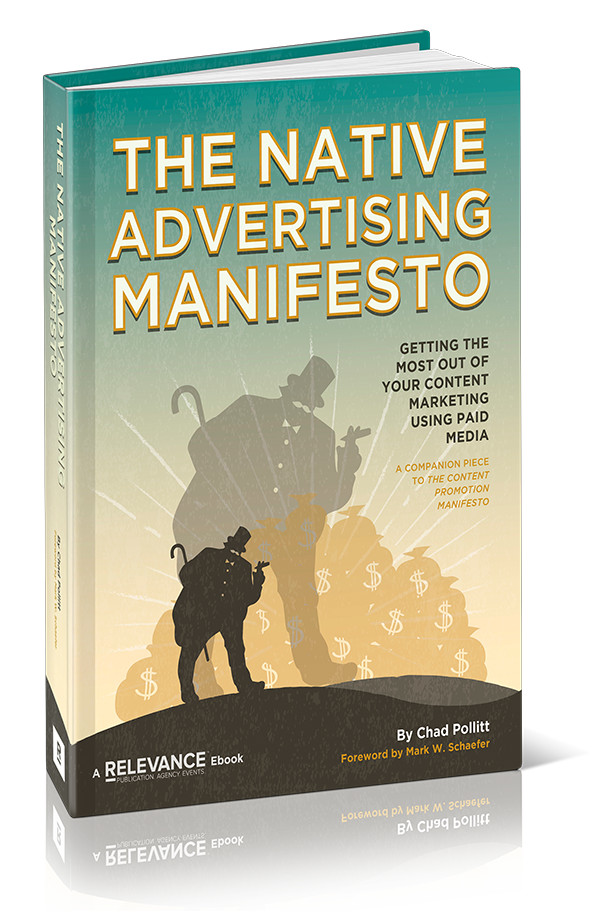 Details
Details

By Shailesh Shukla
VP of Products and Strategy at Instart Logic
California, US
Connect
In a previous blog post, I discussed the impact of ad blockers on user experience and how ad blocking has made publishers more aware of the impact of poor-quality ads on their audience. In this blog post, we explore the measures publishers have taken to mitigate the impact of ad blocking and whether ad blocking can be circumvented.
There is a legitimate and clear user desire to not see unwanted and annoying ads such as ones that take over their browser. However, ad blockers serve as a “blunt instrument” - while the user desire is to block the unwanted ads, the ad-blocking software ends up blocking all ads.
The real dilemma is to maintain the revenue generated through advertising while respecting the user’s wishes.
This reduces the ability of publishers to monetize and offer a delightful and secure user experience with premium content. The real dilemma is to maintain the revenue generated through advertising - an economic necessity for publishers - while respecting the user’s wishes.
RELATED: “There Would Be No Ad Blockers If There Were No Shitty Ads”
Ad blockers disrupt the fundamental value exchange amongst advertisers, publishers, ad exchanges and consumers. Let’s take a look at how publishers have responded to this disruption.
Publishers’ response to ad blocking
Publishers have been trying to figure out various ways to combat the loss in ad revenue caused by ad blockers. Here are a few ways publishers have responded:
- Ask nicely for users to turn off their ad blockers and educate them that revenue is needed to fund quality content. This method has yielded negligible results for publishers.
- Ask firmly for users to turn off ad blockers for an "ad-light" experience. This is a more aggressive approach where access to content is restricted unless the visitor turns off their ad blocker and accepts a more restrained ad experience, and can work if the site has a good reputation for quality. Forbes ran a test on 2 million site visitors and saw that 42% of users turned off their ad blocker when the user accepted the ad-light experience.

A study by the Internet Advertising Bureau (IAB) found that 54% of users would turn off ad blockers if it was the only way to access content.

- Implement a subscription model in order to see content. High-profile publishers like the New York Times ask users to whitelist their site or subscribe to view their content, reminding users that funds from ads help pay for journalism.
- Use alternative advertising options such as affiliate marketing, native ads and selling ads directly to avoid ad blockers and make up for some lost revenue. Affiliate marketing and native ads are sponsored content that have high relevance to the website content and are therefore less likely to be deemed intrusive and be blocked.
Are ad blocking whitelists a form of extortion?
The world’s largest and most successful internet companies are reportedly paying money to ad blocking companies for whitelisting their ads. Many in the industry refer to this as “extortion.”
AdBlock Plus is in the business of taking some of the revenue that publishers should earn and then “diverting it into their own pockets".
Randall Rothenberg, CEO of the IAB says, “I have no argument against anybody using ad blockers, because there is a kernel of right when it comes to the impedance of user experience. But as I’ve said before, this is an extortion-based business and hurts publishers.” Rothenberg also noted that AdBlock Plus is in the business of taking some of the revenue that publishers should earn and then “diverting it into their own pockets.”
RELATED: Can Publishers Regain Revenue Lost to Ad Blocking by Using Native Advertising?
AdBlock, one of the most widely-used ad blockers, says they have an “acceptable ads” criteria that allows 90% of websites to be whitelisted for free. However larger sites that see more than 10 million impressions from whitelisting have to pay through a revenue-share agreement, giving AdBlock 30% of revenue generated from ads.
Blocking analytics
Not only are ad blockers decreasing ad revenue, they are also blocking analytics tags and cookies that are used by publishers to understand customers and their behavior. Without analytics, companies have a hard time providing a personalized experience to their customers and collecting data to make better business decisions.
E-commerce companies that rely on cookie history, location, and page visited data need this information, which in turn provides users a better experience with customized content. Without this key information, the user may experience a dip in shopping experience, resulting in less revenue for online retailers.
Are there solutions to help publishers? The answer is “yes.”
What is a publisher to do?
Are there solutions to help publishers? The answer is “yes.” Technology is being developed to obscure the pattern recognition that ad blockers use to determine that something is an ad. Of course, this needs to be used tactfully by allowing high-quality ads that will enhance, rather than detract from, the user experience. If done correctly, such technology can deliver an ad-light experience, respecting the wishes of the user.
My next blog post in the series will focus on transparency of metrics and ROI within the ad ecosystem.
This article was originally posted on Instart Logic — a provider of a ‘block the ad blocker’ solution that restores digital ad revenue to premium web publishers. In the coming weeks Shailesh Shukla will continue his writing on the subject of ad blockers.
How to align your paid content distribution with your buyer's journey: Get your copy of 'The Native Advertising Manifesto'






